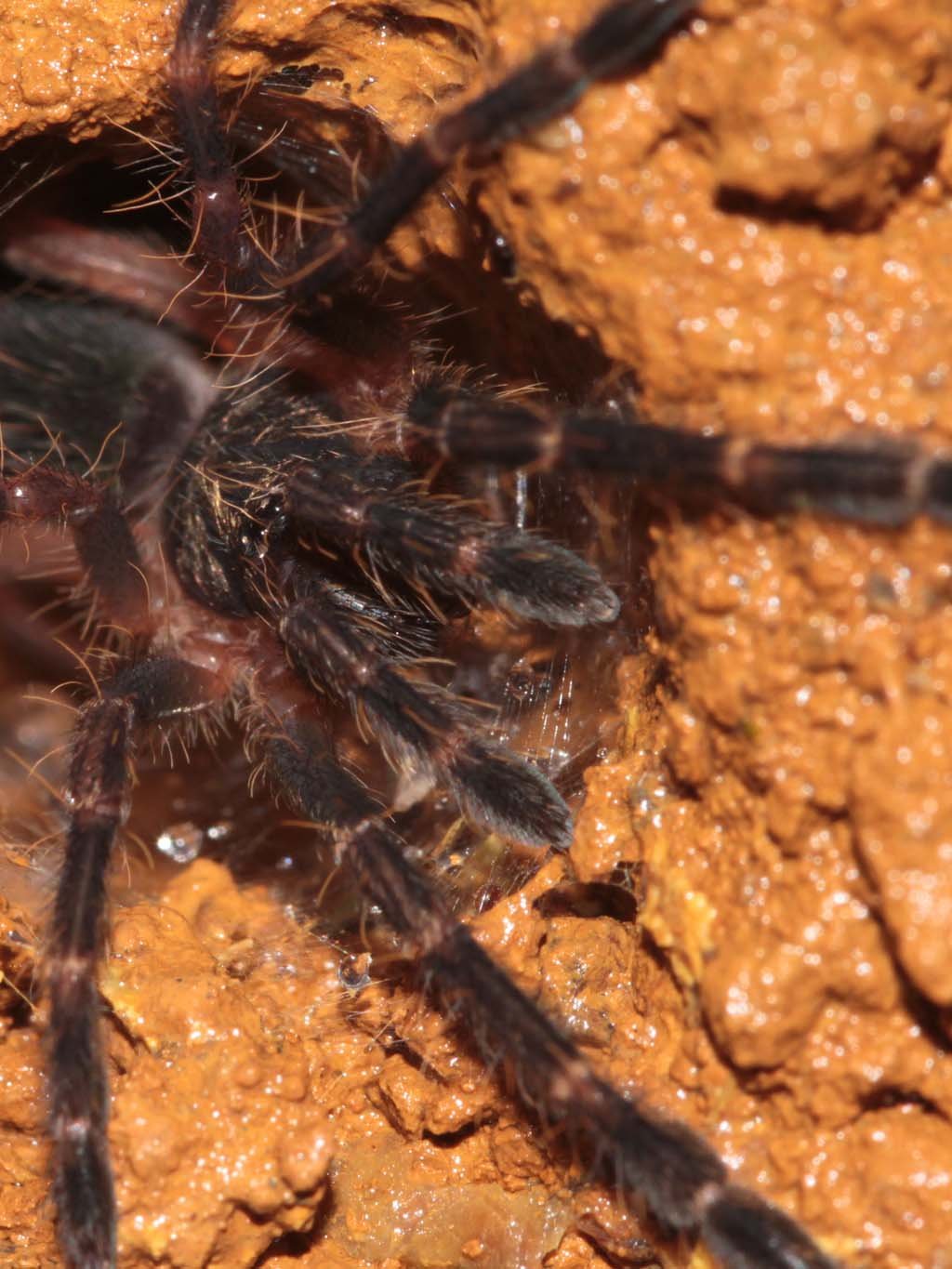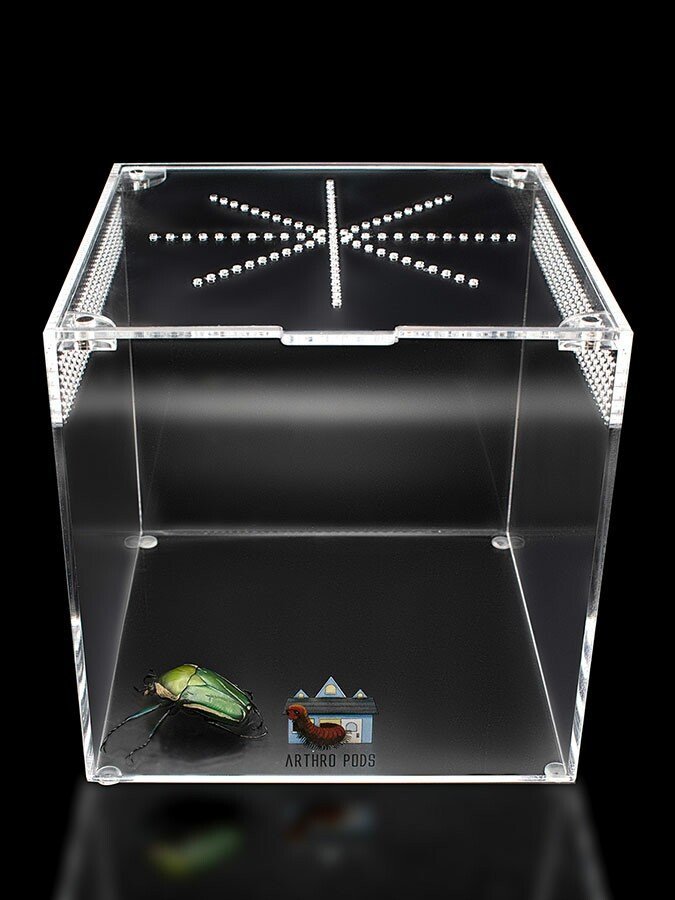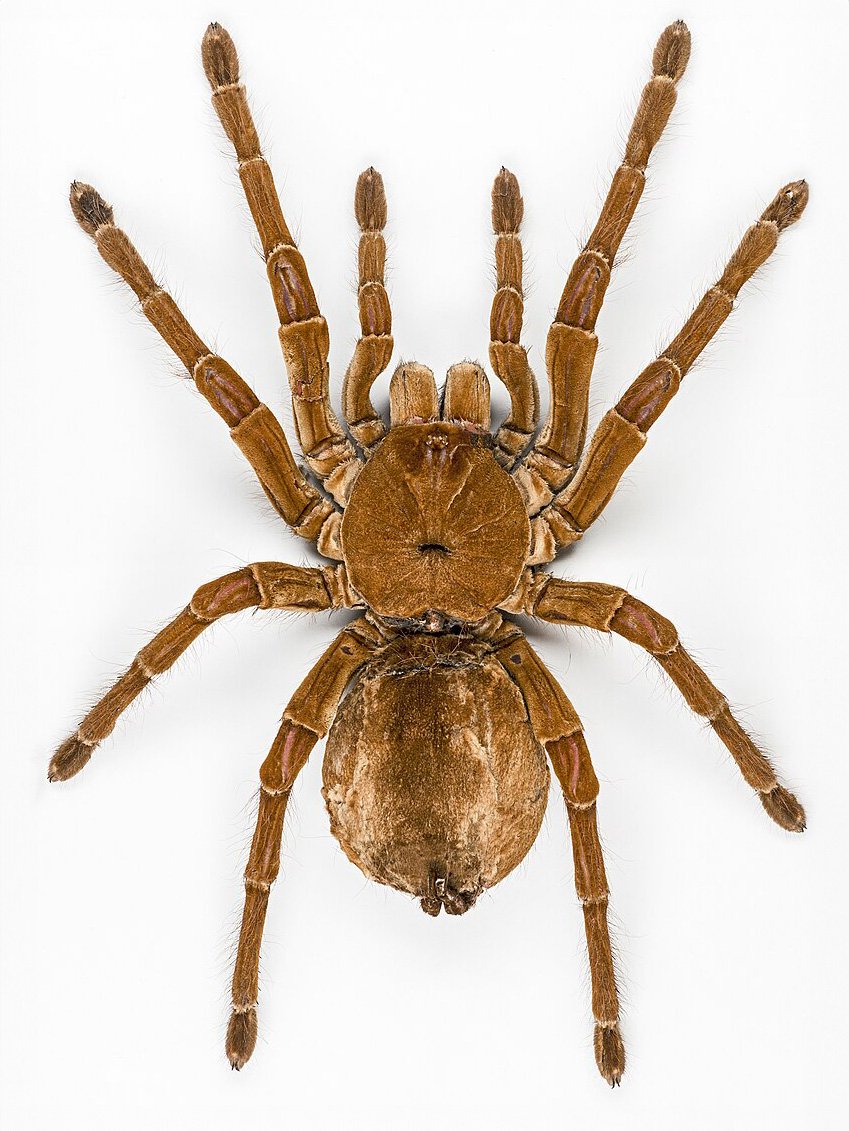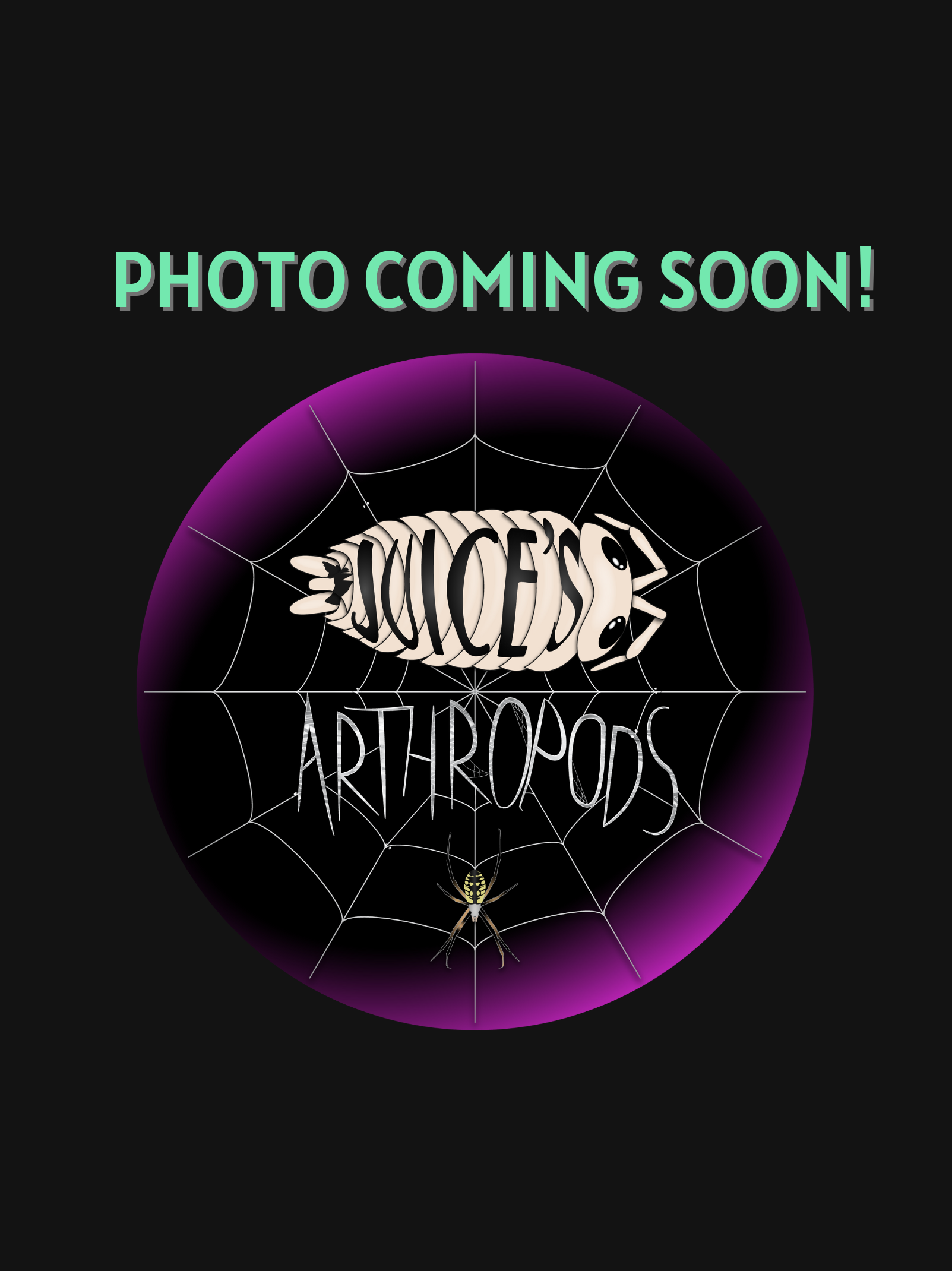 Image 1 of 2
Image 1 of 2

 Image 2 of 2
Image 2 of 2



Ephebopus rufescens
The Red Skeleton tarantula is by far the spiciest of all of the Ephebopus genus, but what it loses in points for being a real heartbeat stopper in its casual desire to rush at you and display threat poses, it wins all of those points back in beauty, and rarity within the hobby. All of the hype you typically hear about the Ephebopus murinus being a spicy boy, these guys live up. Don’t worry; their threats are mostly posturing and are more apt to tag you with their urticating hairs on the ends of their pedipalps than with their fangs. While not much is written about these guys, they are an absolute must-have for the fossorial tarantula collector.
The Red Skeleton tarantula is by far the spiciest of all of the Ephebopus genus, but what it loses in points for being a real heartbeat stopper in its casual desire to rush at you and display threat poses, it wins all of those points back in beauty, and rarity within the hobby. All of the hype you typically hear about the Ephebopus murinus being a spicy boy, these guys live up. Don’t worry; their threats are mostly posturing and are more apt to tag you with their urticating hairs on the ends of their pedipalps than with their fangs. While not much is written about these guys, they are an absolute must-have for the fossorial tarantula collector.
The Red Skeleton tarantula is by far the spiciest of all of the Ephebopus genus, but what it loses in points for being a real heartbeat stopper in its casual desire to rush at you and display threat poses, it wins all of those points back in beauty, and rarity within the hobby. All of the hype you typically hear about the Ephebopus murinus being a spicy boy, these guys live up. Don’t worry; their threats are mostly posturing and are more apt to tag you with their urticating hairs on the ends of their pedipalps than with their fangs. While not much is written about these guys, they are an absolute must-have for the fossorial tarantula collector.
What’s the ideal diet for a Red Skeleton Tarantula?
All tarantulas can eat a variety of feeders. Stick to crickets, dubia roaches, silkworms, horned worms occasionally, and a superworm or mealworm as the occasional treat!
How should I keep a Red Skeleton Tarantula?
You can start with the small Fossorial Fissure enclosure for this particular creature. When they are about ⅓ the size, you will want to go to the medium or large Fossorial Fissure enclosure. Feed them as slings once a week, twice if their opisthosoma (abdomen) looks small, but if the opisthosoma is wider than their prosoma (pneumothorax), then wait a couple of days to feed. Feed juveniles or adults nothing larger than their opisthosoma once a week. Always keep a full water dish; wider and deeper is fine. Your tarantula can’t drown; they float on water.
How long could a Red Skeleton Tarantula live?
Females are known to live between 13-15 years, and males, on average, live between 3-4 years. These are the best estimates from multiple sources.
Some photos provided by iNaturalist and Wikipedia, credit to:
Bernard Dupont, some rights reserved, (CC BY-SA 2.0)
Guillaume Delaitre, some rights reserved (CC BY)













